


The artworks that I have created throughout the year demonstrate my growth as an artist and student because I have learned many new techniques and skills. One specific artistic behavior that I have tried this year is taking risks, when making my teapot I was quite nervous about how I was going to make the handle and the spout. I then got help from the teacher and was able to successfully make the these parts. My coil bowl demonstrates my growth as an artist because it was the first time that I’ve ever built a coil bowl and at that I wasn’t skilled in this technique so it was very small. If you take a look at my teapot, that is also built by the coil bowl technique but it is much bigger than the coil bowl. Also, the design inside of my bowl was the first time I tried engraving a design. Also, on my sgraffito slab is a similar design as the bowl but it’s much more detailed.
The project that I would want to redo the most is the teapot. Although I am happy with the final outcome there are a lot of things that I had intended to do but ran out of time to do. Some of these things would be that I wanted to engrave some flower designs like the sgraffito slab and the coil bowl. Also I attached my handle a little crooked I would try to attach it as straight as possible.
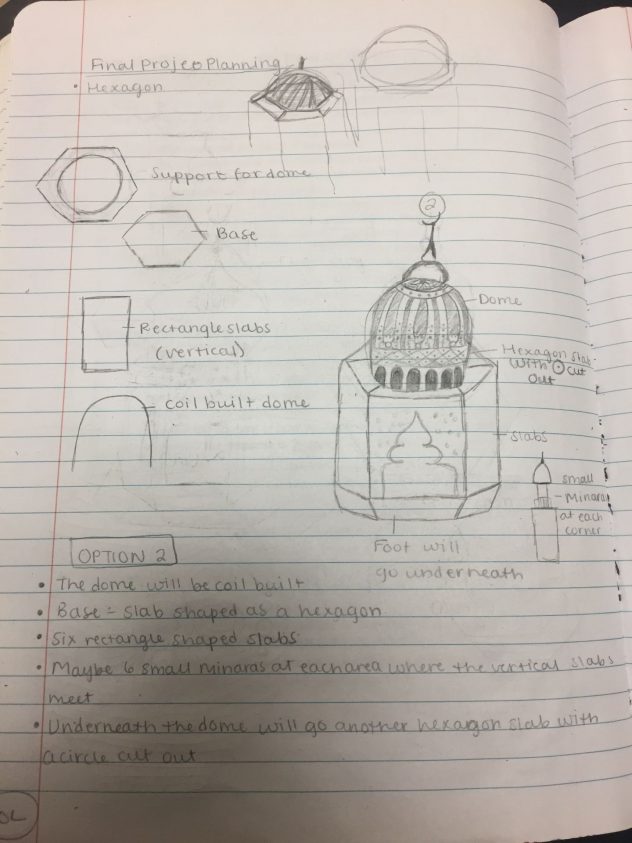 Artists Research
Artists Research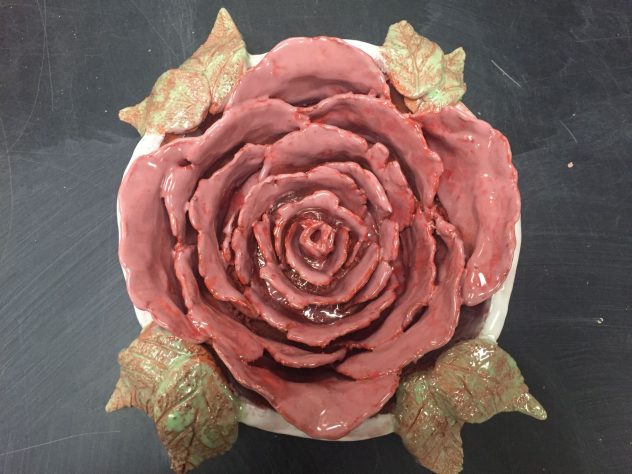



 L This project was a little bit later into the year and you can see that it is much smoother than the other one.
L This project was a little bit later into the year and you can see that it is much smoother than the other one.





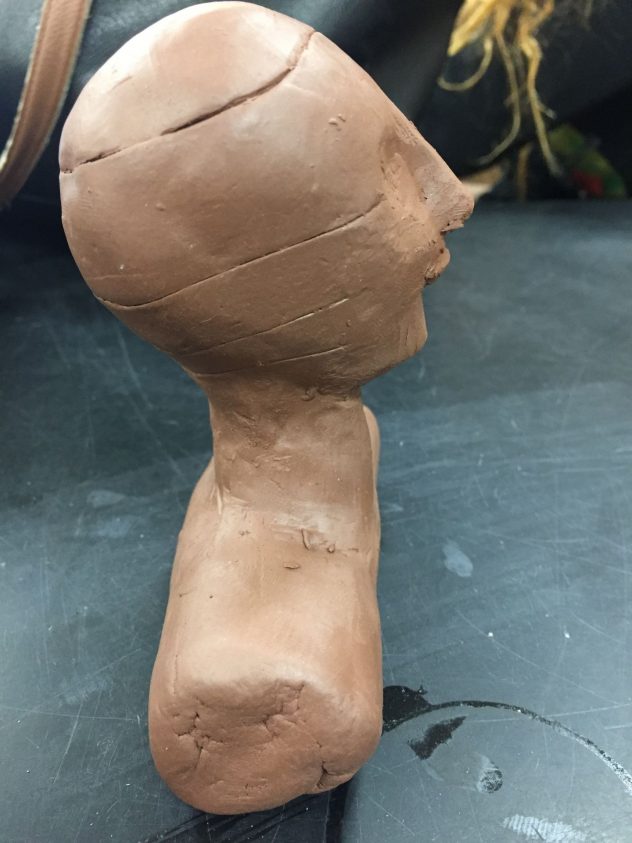


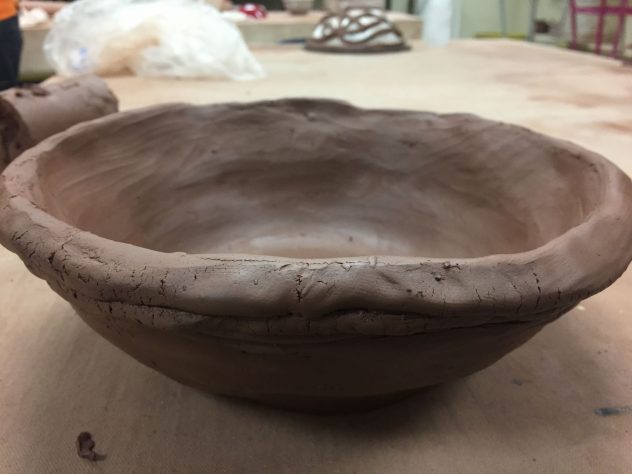 Artists Plan
Artists Plan

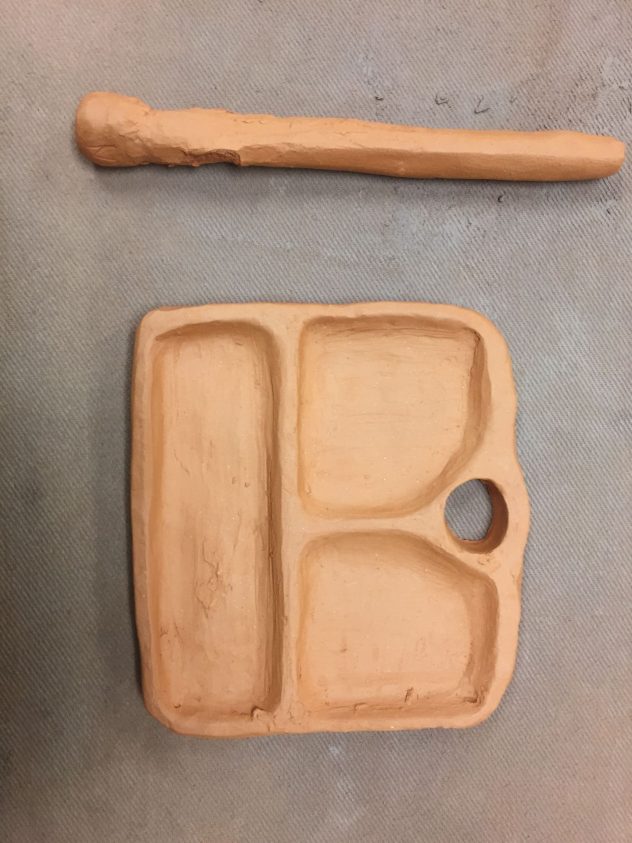
 Artists Reflect
Artists Reflect
